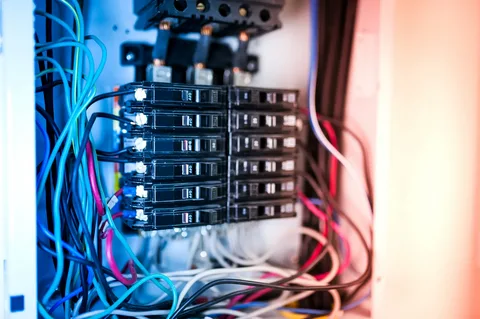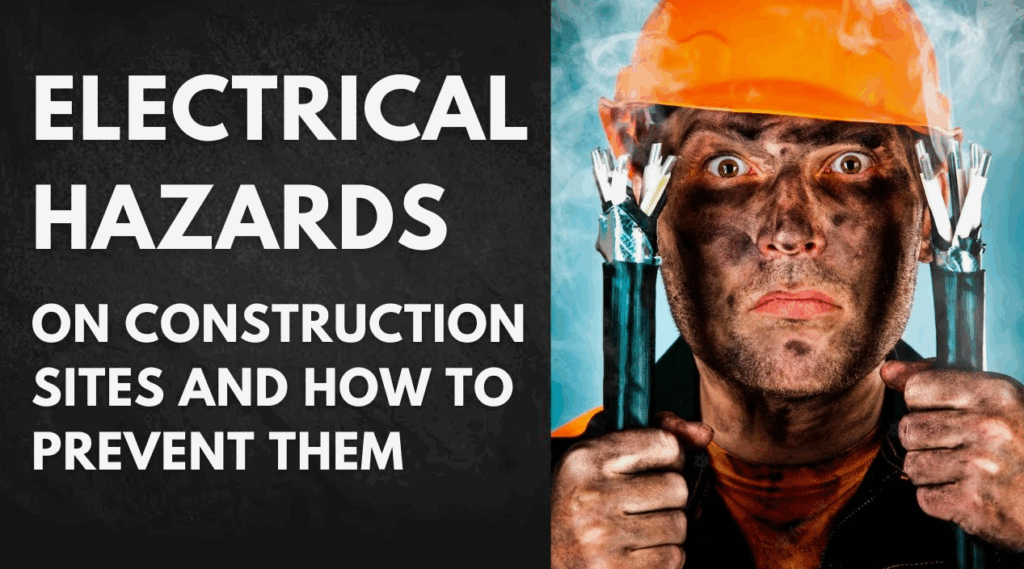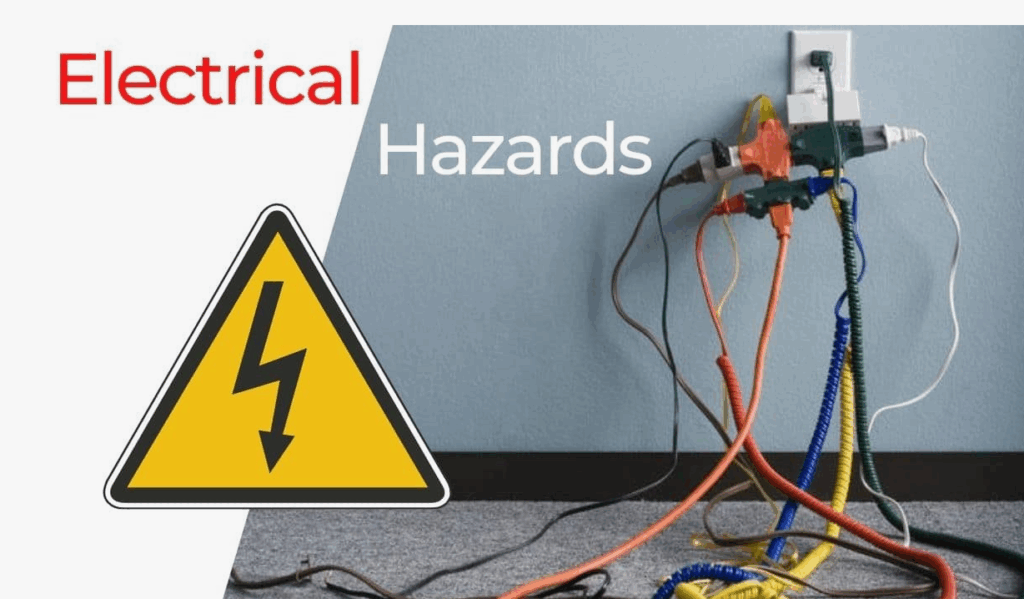Introduction
Discover essential electrical troubleshooting tips to fix common issues at home. Stay safe and informed with these top 10 expert-approved solutions. Having your hair dryer shut off as you’re getting ready for work in the morning or having your washer stop working just as you have a huge load of laundry inside is not just inconvenient, but also frustrating. If the problem is too big to solve on your own, it’s always smarter to get a licensed and experienced electrician involved, but if you insist on troubleshooting the electrical fault yourself, this article gives you a step-by-step guide on how you can do that safely and efficiently.
Electrical Troubleshooting 101 For Households:
Electrical troubleshooting is a carefully designed process of elimination that methodically assesses each part of your electrical system to find the problem you’re facing. It’s an easy process that any amateur can follow, but ultimately, the repairs should be left to professional electricians.
Ten tips to troubleshoot your electrical systems
-
Tip 1: Inspect The Damaged Device
The first thing you should do is to confirm whether the problem lies with your device or the outlet, or the holder. If it’s an electric bulb that’s stopped working, swap it out with another one to check the circuit. Similarly, replace your appliance or device with another one or connect it elsewhere to isolate the problem.
-
Tip 2: Determine Whether The Problem Is Local Or Widespread
Next, assess the rest of your outlets and holders. If you find that the problem isn’t just in one socket, it’s safe to assume it’s something bigger. Call your neighbors to ensure it isn’t a major problem that’s impacting multiple homes before trying something else.
-
Tip 3: Check The Switches
Keep in mind that your switches and dimmers are used frequently and can become damaged quite easily. Check that they’re working properly, and maybe the problem can be solved right there and then.
-
Tip 4: Breakers & Fuses
If the problem wasn’t a simple fix like that, it’s time to move on to the circuit breakers. These are a nifty safety mechanism that shuts off the main power supply in case there’s an overload or a short-circuit. If you find one tripped, simply disconnect the device and flip it again to restore electricity to that part of the house.
-
Tip 5: Refer To Your Electric Schematic Drawings
This is a detailed blueprint of your electrical wiring and components that lets you know how each power point and circuit is connected. Referring to your schematics may help you isolate the fault much more efficiently throughout the troubleshooting process.
-
Tip 6: Shut Off The Faulty Circuit
Through your detailed assessment, you will have a pretty good idea of where the fault lies. Once you have determined it, proceed by shutting it down to prevent accidental shocks. Label or mark them and any other connected wiring clearly so that no one else switches them back on, and you don’t get electrocuted as you work.
-
Tip 7: Locate The Flaw
Once it’s safe to work again, assess the wiring to find out exactly where the issue lies. Sometimes, if you connect something heavy-duty like an AC or space heater to an outlet and the power shuts down, it could be the cause of the issue. On the other hand, if you’ve had too many appliances plugged into the same circuit, chances are you overloaded it, and that’s what caused the fault.
-
Tip 8: Inspect The Connections and Wires
Carefully assess all the wires and fixtures to see if you can find any discolored fixtures or melted wires. Also, check that all the connections are tight, as loose wiring is the most common cause of short-circuiting within households.
-
Tip 9: Check Your Neutral Wires
In any typical AC or alternating current system, the two wires are labelled as hot (left) and neutral (right). Check the neutral wire at the source and every junction. If the hot wire doesn’t test okay with the neutral wire, then the neutral wire won’t be able to return the current to complete the circuit. This will cause the entire circuit to shut down.
-
Tip 10: Call In The Professionals
Whether you’ve been able to isolate the issue or not, it’s time to hang up the towel and contact a licensed electrician to pick up the mantle. Dealing with electricity is a hazardous task; one that should not be left up to homeowners without any professional training. Call a Professional electrician to take charge and explain the scenario to him so that he can use his knowledge and expertise to resolve the issue as soon as possible.
Conclusion
Following the above-mentioned steps can help you safely and efficiently locate the fault on your own, but always remember that you should never take electrical matters into your own hands. After you’ve played your part, leave the rest to an expert electrician
FAQs
How to prevent residential electrical problems?
To prevent electrical issues at home, regularly check your appliances and watch out for frayed wiring, keep your appliances away from moisture, and don’t overload extension cords.
How often should I have an electrician conduct an inspection to prevent electrical issues?
Schedule an electrical inspection at least once a year to prevent electrical issues.
What is the most common cause of electrical fires?
Overloading outlets and circuits is the most common reason for electrical fires at home.



